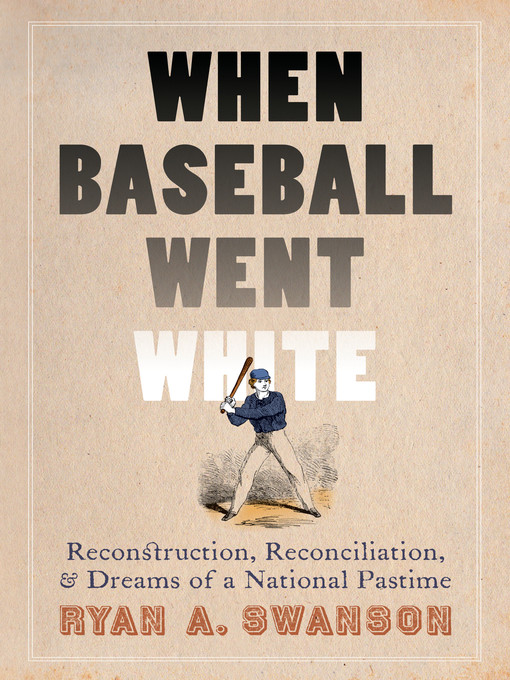- New Kids Additions
- Judge a Book By its Cover
- For Dog Lovers 🐶
- PAW Patrol
- Little Golden Books
- Babysitters Club
- Berenstain Bears
- Boxcar Children
- Nickelodeon Books
- Dr. Seuss
- Middle Grade Comics
- Once Upon a Time...
- Kids Read AAPI
- See all ebooks collections
- Listen & Read
- Start a New Series
- Zip! Zap! Zoom!
- Real People & Their Stories
- African American Stories
- Beloved Reads
- Scary Stories
- See all audiobooks collections

